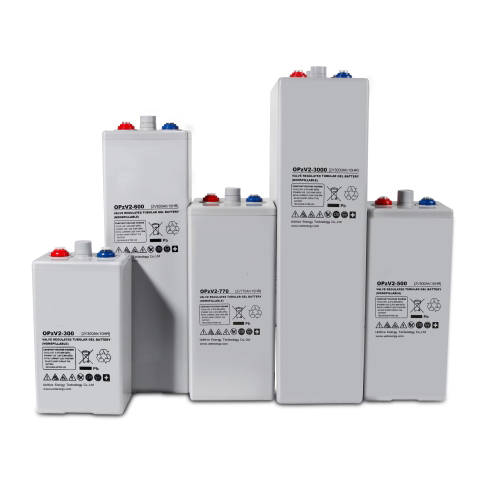OPzV batteries are known for their reliability and durability, especially in stationary applications like renewable energy storage and backup power systems. However, despite their reputation, OPzV batteries can experience certain common failures due to improper use, manufacturing defects, or poor maintenance practices. Understanding these issues is crucial for optimizing performance and prolonging the lifespan of these batteries. In this article, we explore three common failures and discuss ways to identify and troubleshoot them.
1. Loss of Capacity
Cause:
Loss of capacity is a common failure in OPzV batteries, often caused by sulfation. Sulfation occurs when the battery remains in a partially discharged state for extended periods, leading to the formation of lead sulfate crystals on the battery plates. These crystals reduce the battery’s ability to hold a charge, ultimately decreasing its capacity.
Symptoms:
- Reduced backup time in energy storage applications
- Difficulty in holding a charge after full recharge
- Voltage drop under load
Diagnosis & Solution:
Using a capacity tester or load tester can help diagnose this issue. Sulfation can sometimes be reversed with equalization charging—a process where a higher-than-normal voltage is applied to break down the sulfate crystals. However, in severe cases, the battery might need replacement.
2. Overcharging and Gassing
Cause:
Overcharging is another failure commonly observed in OPzV batteries, particularly when the charging system lacks proper voltage regulation. Excessive overcharging leads to water loss within the battery, causing excessive gassing and potential damage to internal components.
Symptoms:
- Excessive heat generation during charging
- Visible bulging or leakage from the valve
- Increased water consumption in the electrolyte (in case of partially vented OPzV batteries)
Diagnosis & Solution:
Overcharging can be detected by monitoring the battery’s temperature and voltage during charging. It’s important to use an appropriate charge controller that regulates voltage according to the manufacturer’s specifications. Replacing the damaged cells and ensuring proper charge settings is vital to avoid long-term damage.
3. Electrolyte Stratification
Cause:
Electrolyte stratification occurs when the electrolyte solution inside the battery becomes unevenly distributed, leading to different concentrations at the top and bottom. This usually happens when the battery remains in a float charge state for extended periods without regular deep cycling.
Symptoms:
- Inconsistent performance during discharge
- Higher self-discharge rates
- Reduced battery efficiency
Diagnosis & Solution:
Measuring the electrolyte’s density at various levels can reveal stratification. To mitigate this, it is essential to apply periodic deep discharge cycles or install a battery mixing system that keeps the electrolyte homogenous.
Regular maintenance and monitoring can prevent many common failures in OPzV batteries. Ensuring proper charging practices, monitoring for signs of electrolyte issues, and periodically testing capacity can help prolong the operational life of these batteries.


